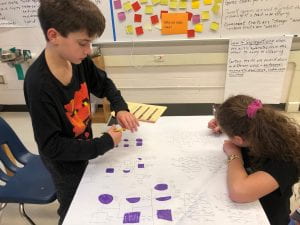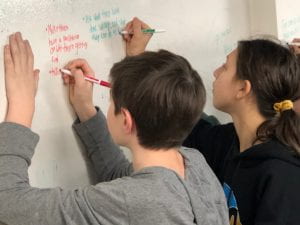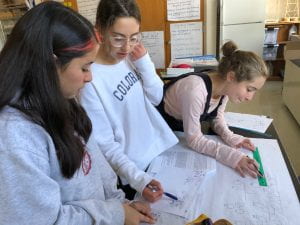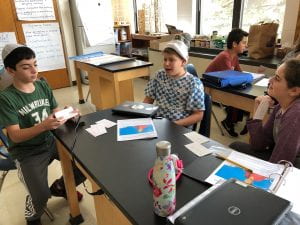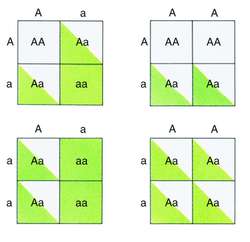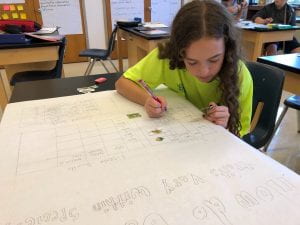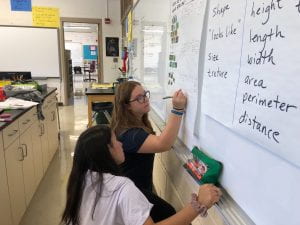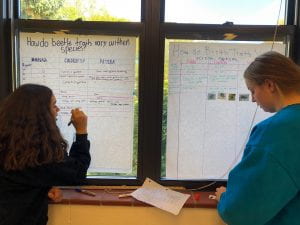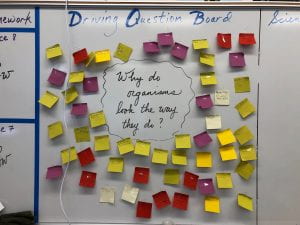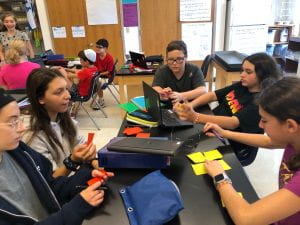Last week, the 8th graders finished their second genetics case study. This case study focused on two mutant traits exhibited by fruit flies–curly wings and yellow body. Students analyzed data collected on three different fruit fly families with the goal of identifying the inheritance pattern the mutant traits follow. I was so impressed with the deep thinking I witnessed in class. Students used pedigrees, Punnett squares and all they have learned about genetics to figure out the inheritance pattern. I heard a lot of “I got it…oh, no…that’s not it…let’s try….” They synthesized their thinking into a written scientific argument answering the scientific question. It was an amazing demonstration of the analytical skills they have developed at MJDS. I’m so proud of what these kids have accomplished!



